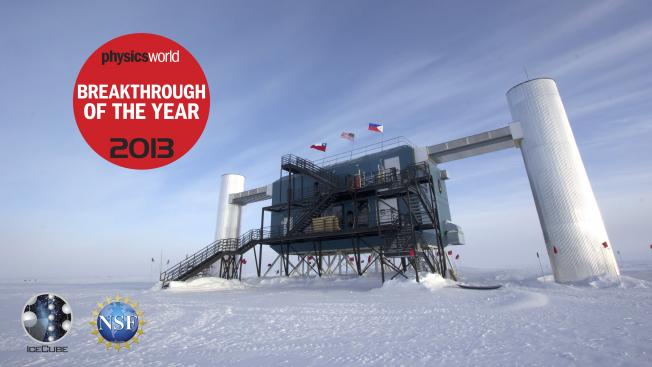A response to Rubin & Heitlauf: "Is the expansion of the universe accelerating? All signs still point to yes"
(2019)
Abstract:
We have shown (Colin et al. 2019) that the acceleration of the Hubble expansion rate inferred from Type Ia supernovae is essentially a dipole with 3.9$\sigma$ significance, approximately aligned with the CMB dipole, while its monopole component which may be interpreted as due to a Cosmological Constant (or more generally dark energy) is consistent with zero at 1.4$\sigma$. This is challenged by Rubin & Heitlauf (2019) who assert that we incorrectly assumed the supernova light-curve parameters to be independent of redshift, and erred further in considering their measured redshifts (in the heliocentric frame) rather than transforming them to the CMB frame (in which the universe supposedly looks isotropic). We emphasize that our procedure is justified and that their criticism serves only to highlight the rather "arbitrary corrections" that are made to the data in order to infer isotropic cosmic acceleration. This is a vivid illustration of the 'Cosmological Fitting Problem' faced by observers who live in an inhomogeneous universe but still use the maximally symmetric FLRW cosmolgy to interpret observations.A response to Rubin & Heitlauf: "Is the expansion of the universe accelerating? All signs still point to yes"
(2019)
Evidence for anisotropy of cosmic acceleration
Astronomy and Astrophysics: a European journal EDP Sciences (2019)
Abstract:
Observations reveal a `bulk flow' in the local Universe which is faster and extends to much larger scales than is expected around a typical observer in the standard $\Lambda$CDM cosmology. This is expected to result in a scale-dependent dipolar modulation of the acceleration of the expansion rate inferred from observations of objects within the bulk flow. From a maximum-likelihood analysis of the Joint Lightcurve Analysis (JLA) catalogue of Type Ia supernovae we find that the deceleration parameter, in addition to a small monopole, indeed has a much bigger dipole component aligned with the CMB dipole which falls exponentially with redshift $z$: $q_0 = q_\mathrm{m} + \vec{q}_\mathrm{d}.\hat{n}\exp(-z/S)$. The best fit to data yields $q_\mathrm{d} = -8.03$ and $S = 0.0262~(\Rightarrow d \sim 100~\mathrm{Mpc})$, rejecting isotropy ($q_\mathrm{d} = 0$) with $3.9\sigma$ statistical significance, while $q_\mathrm{m} = -0.157$ and consistent with no acceleration ($q_\mathrm{m} = 0$) at $1.4\sigma$. Thus the cosmic acceleration deduced from supernovae may be an artefact of our being non-Copernican observers, rather than evidence for a dominant component of `dark energy' in the Universe.Search for Sources of Astrophysical Neutrinos Using Seven Years of IceCube Cascade Events
The Astrophysical Journal: an international review of astronomy and astronomical physics American Astronomical Society (2019)



